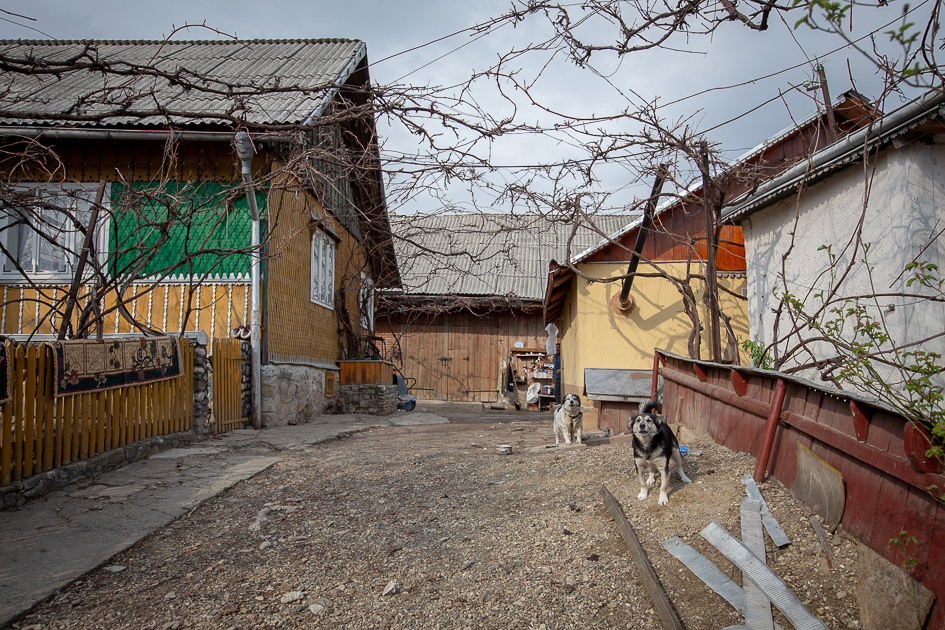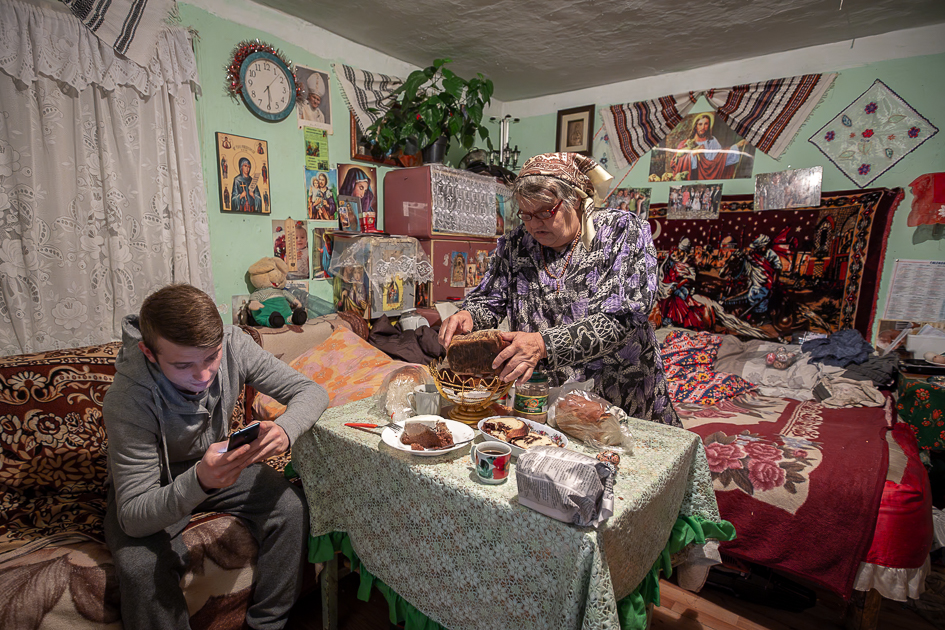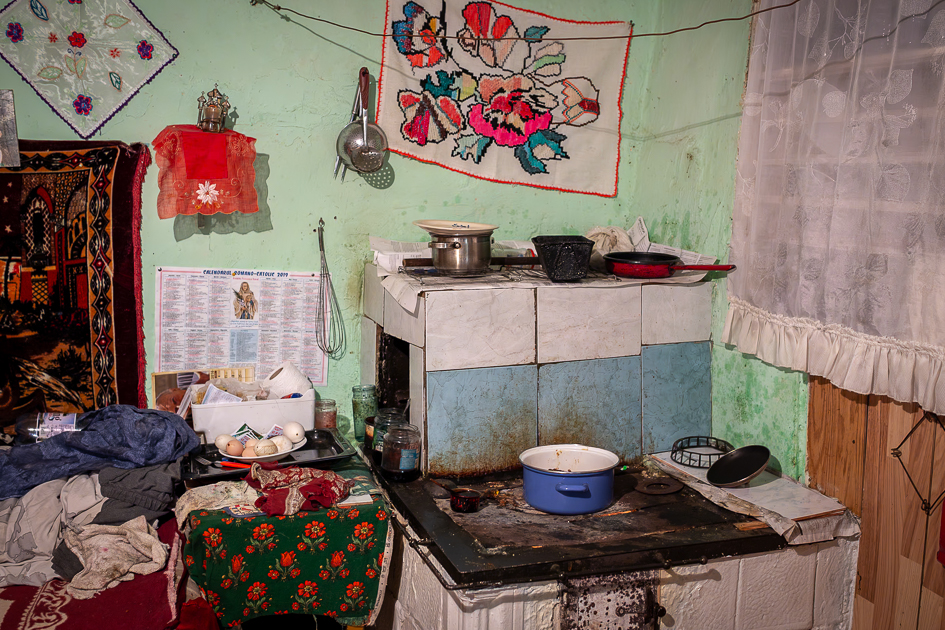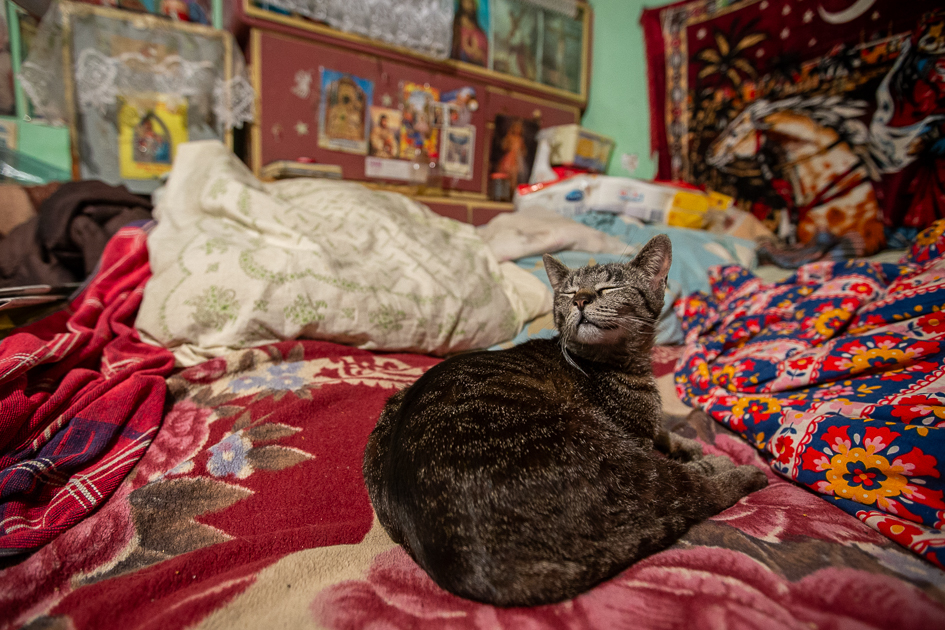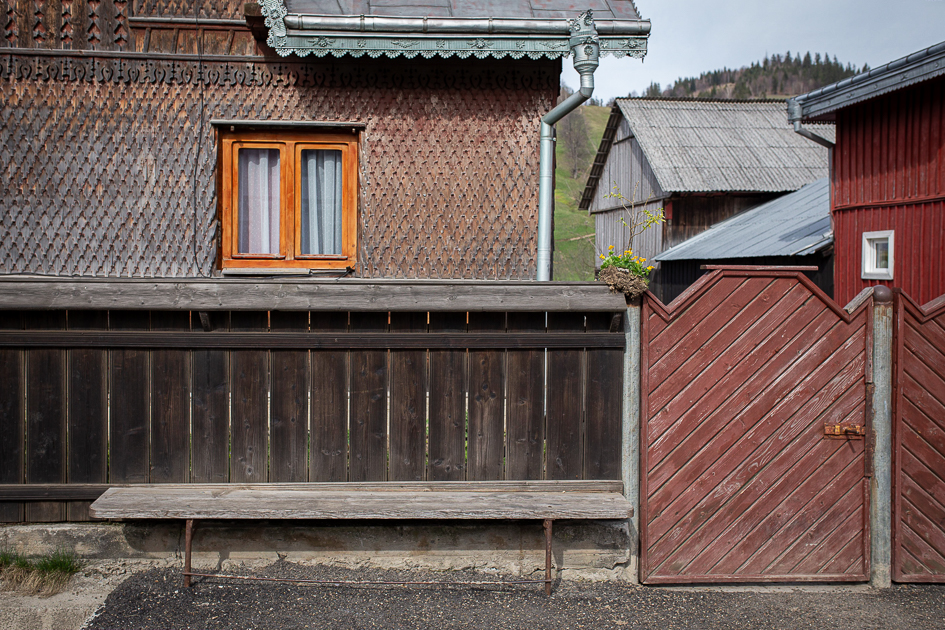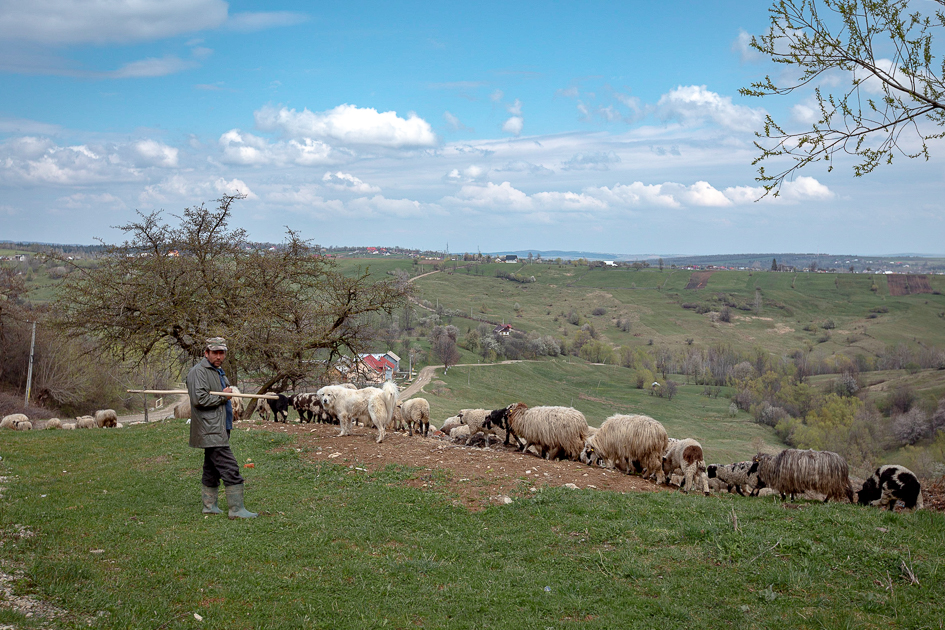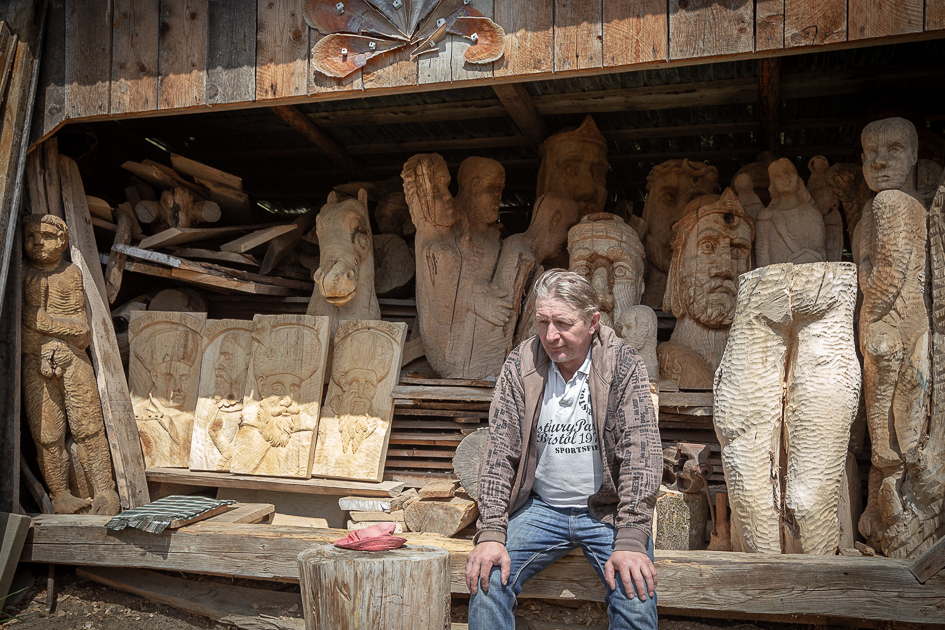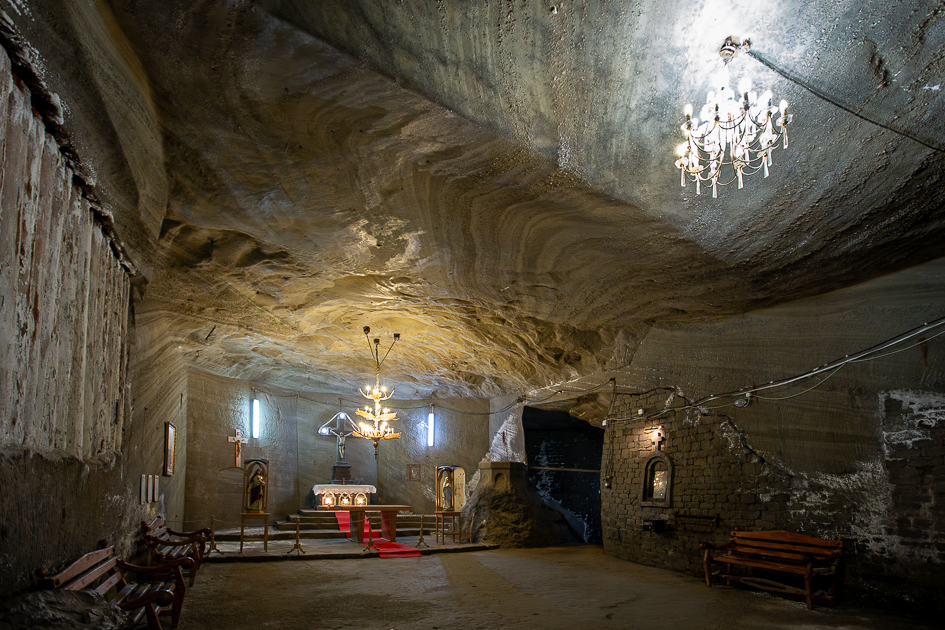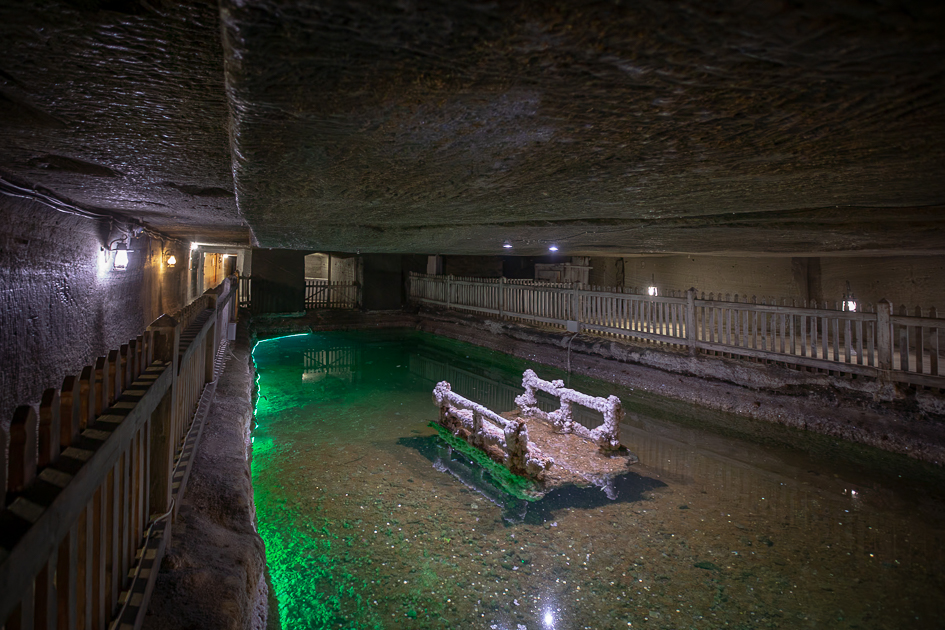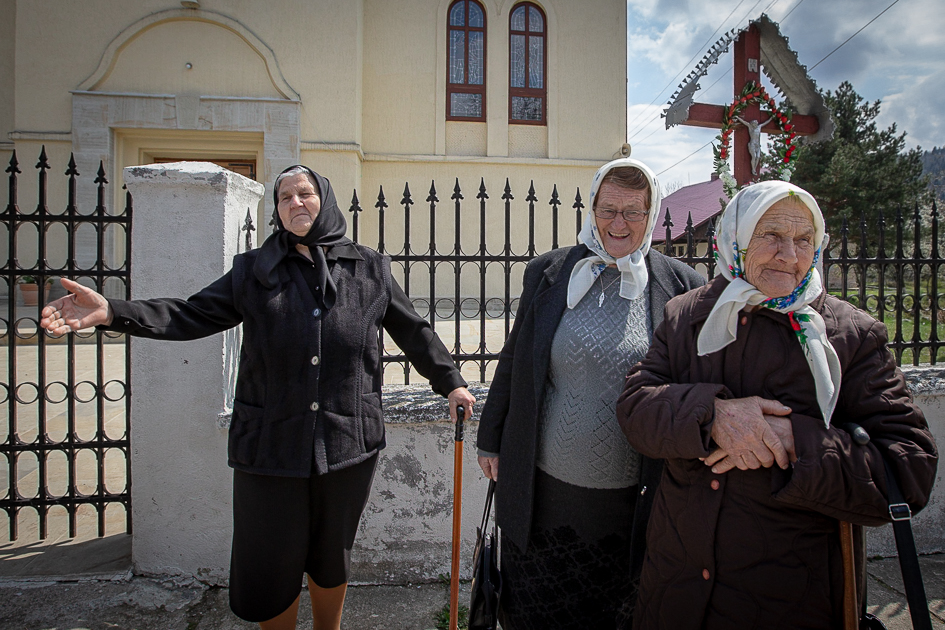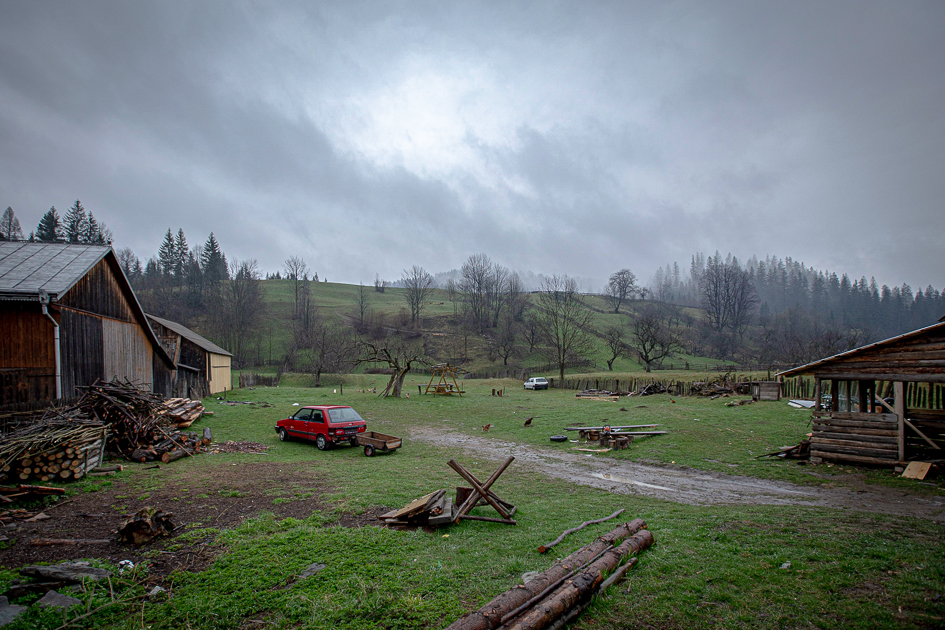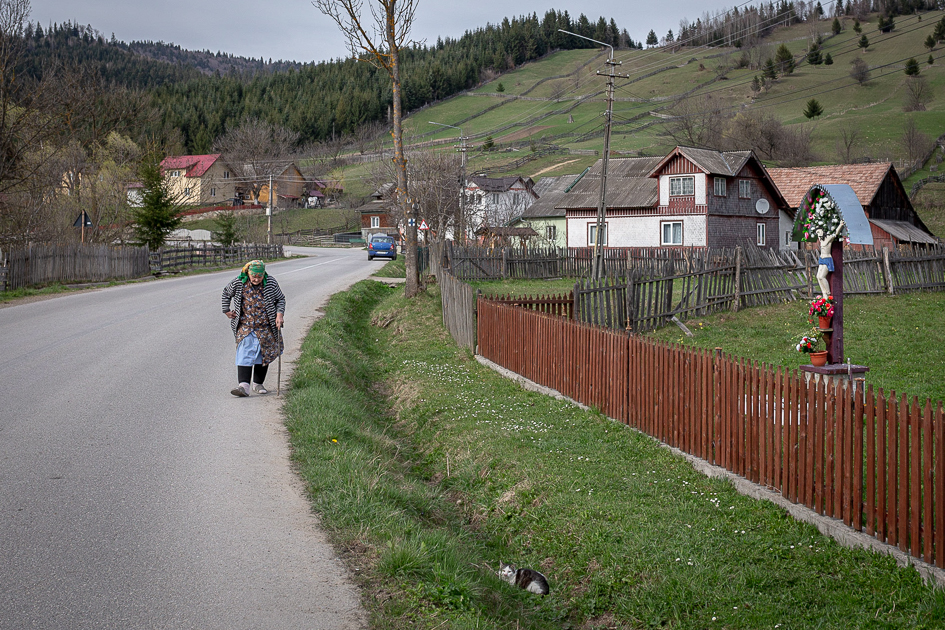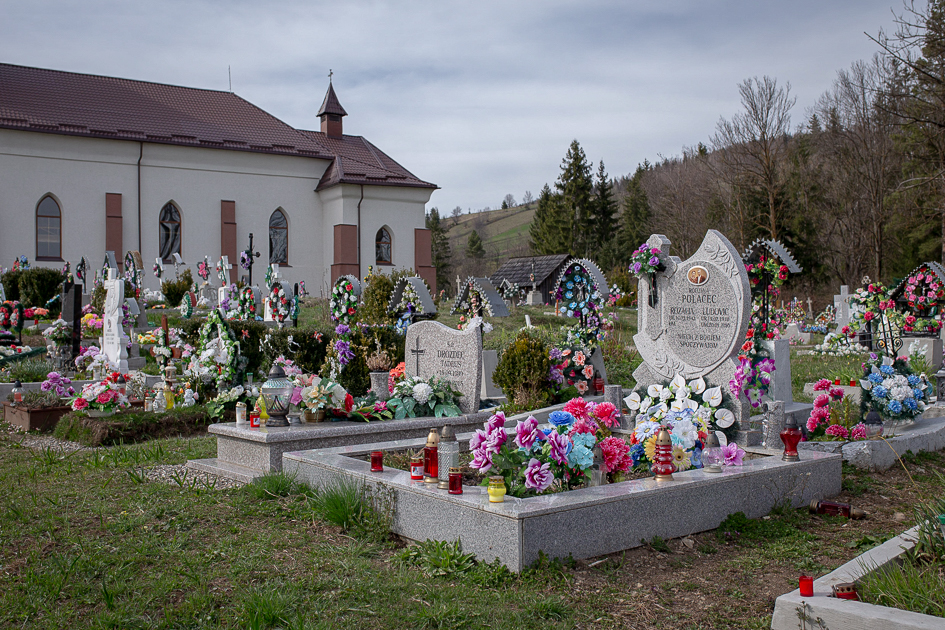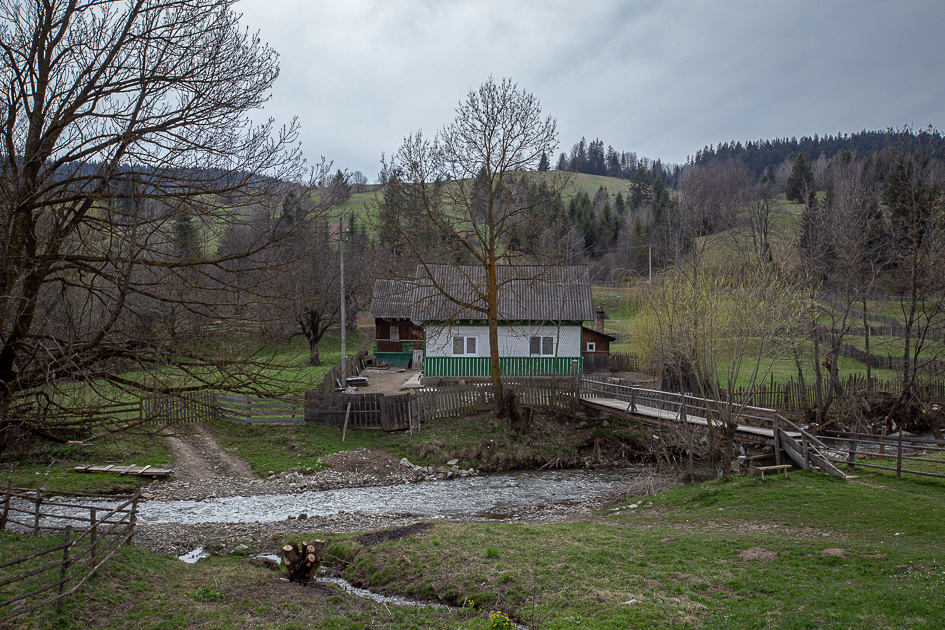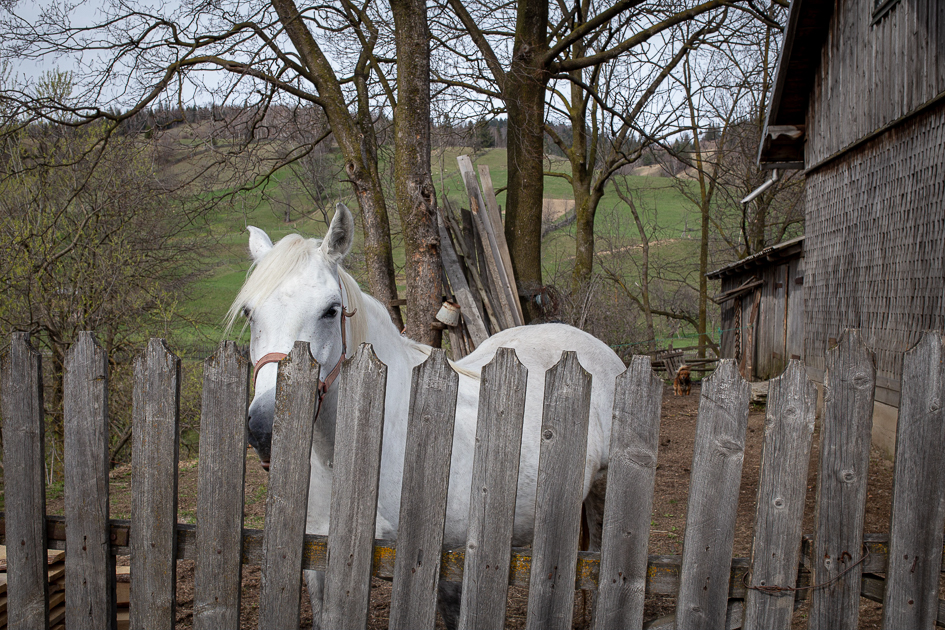Polish minority in Romania
Most of the Polish people immigrated to Bukovina, region located on the northern slopes of the central Eastern Carpathians after 1774 to work in salt mines in Cacica. Another wave of Polish immigration arrived in Bukovina in the early 19th century, when the region was a crownland of the Austro-Hungarian Empire.
Today Poles concentrate mainly in the villages of Suceava County. There are three exclusively Polish villages: Nowy Sołoniec, Plesza and Pojana Mikuli, as well a significant Polish presence in Kaczyca and Paltynosa. Poles in Romania form an officially recognised national minority, having one seat in the Chamber of Deputies of Romania and access to Polish elementary schools and cultural centres known as „Polish Houses”. They attach great importance to tradition, publishing their own magazine and organizing many cultural events. However, it’s an aging society and their population slowly decreases – due to the better perspectives many young people decide to move to Poland. Mostly old people stay, living from farming and animal herding.

